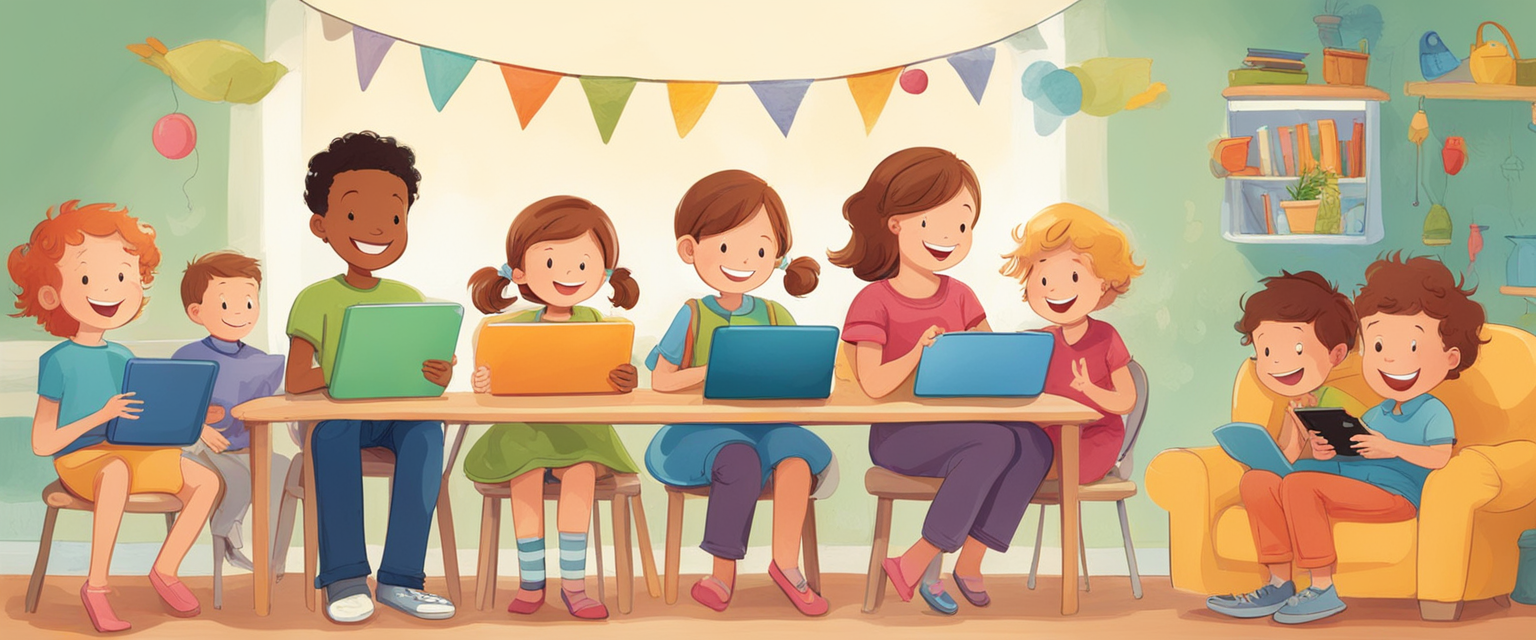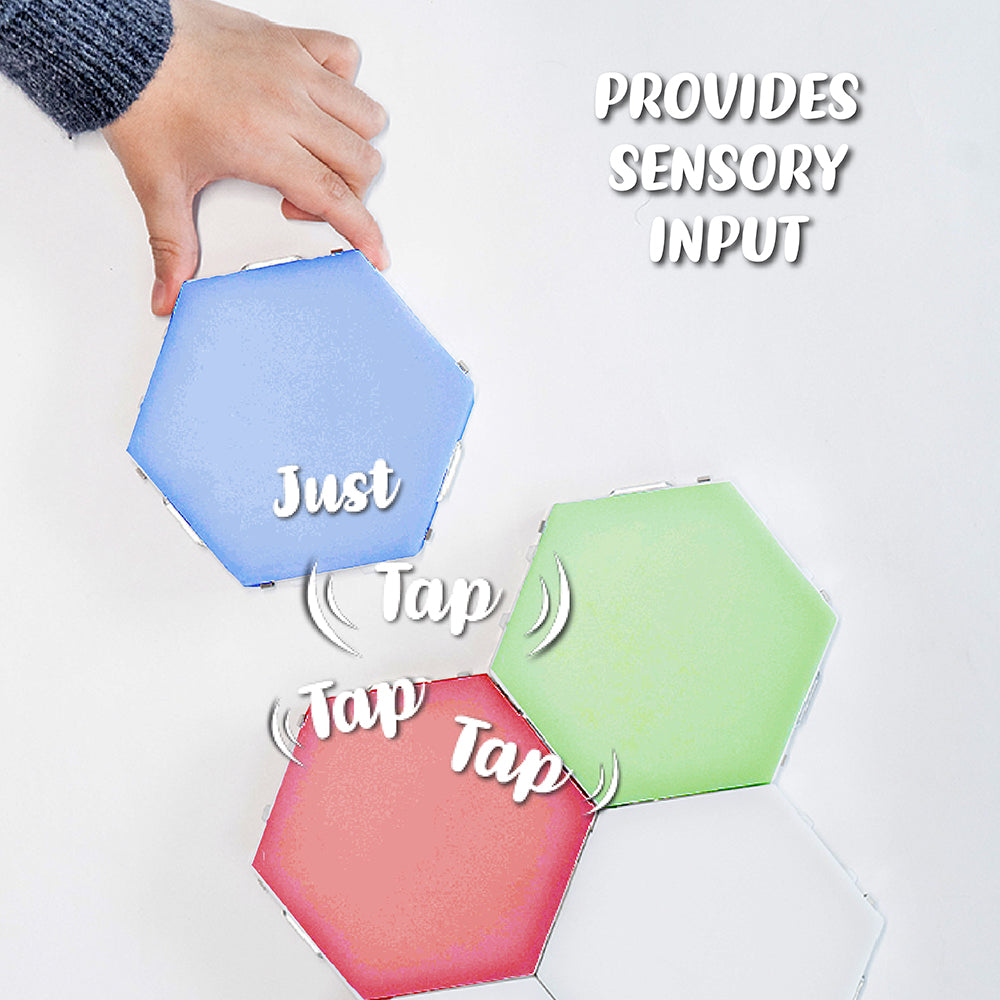
Imagine a world where technology not only entertains but also empowers children with autism to communicate, learn, and engage with their surroundings. Thanks to groundbreaking advancements in AI and machine learning, this vision is becoming a reality. These cutting-edge tools are revolutionizing the way we support the diverse needs of those on the autism spectrum, offering alternative communication methods, personalized learning experiences, and essential visual support. For more insights on how technology can aid sensory experiences, check out our previous article on sensory rooms.
Alternative Communication: Giving Voice to the Voiceless
For many children with autism, traditional verbal communication can be a significant challenge. However, apps like Proloquo2Go are changing the game. This app uses AI to predict the words and phrases a child might need, based on their past interactions. By offering a range of symbols and text-to-speech options, it provides a voice to those who struggle to speak.
AI-driven tools like these are not just static; they learn and adapt. Over time, they become more attuned to the individual needs of each child, making communication smoother and more intuitive. This adaptability is crucial for children with autism, who often have unique and evolving needs.
Moreover, these apps are designed to be user-friendly, with interfaces that are engaging and easy to navigate. This ensures that children can use them independently, fostering a sense of autonomy and confidence.
Personalized Learning: Tailoring Education to Individual Needs
Traditional educational methods often fall short when it comes to addressing the specific learning styles of children with autism. Enter personalized learning apps like Autism Learning Apps. These apps use machine learning algorithms to analyze a child's strengths and weaknesses, tailoring educational content to meet their individual needs.
For instance, an app might notice that a child excels in visual learning but struggles with auditory instructions. It can then adapt its teaching methods, offering more visual aids and interactive exercises. This level of personalization ensures that each child can learn at their own pace and in their own way.
Furthermore, these apps often include progress tracking features, allowing parents and educators to monitor a child's development. This data-driven approach provides valuable insights, helping to fine-tune educational strategies and ensure that no child is left behind.
Visual Support: Enhancing Understanding and Engagement
Visual support is a cornerstone of effective autism intervention. Many children with autism are visual thinkers, meaning they process information more effectively through images and visual aids. Devices like the TAP-TAP Sensory Lights are designed to capitalize on this strength, providing a multisensory experience that can capture a child's attention and interest.

With a few simple taps, these lights have the ability to transform any space into a stimulating, enjoyable, and sensory room for kids, providing visual stimuli that can capture kids' attention and interest. Simply swipe across the areas you want to turn on and swipe again to turn off. Discover more about TAP-TAP Sensory Lights.
Beyond sensory lights, visual schedules and social stories are other essential tools. Apps like Choiceworks allow parents and educators to create customized visual schedules that help children understand and follow daily routines. Social stories, on the other hand, use images and simple text to explain social situations, making them easier to navigate.
These visual supports are not just about making life easier for children with autism; they are about fostering independence and self-confidence. When children can understand and predict their environment, they are more likely to engage positively and participate actively in daily activities.
The Future of Autism Support: A Collaborative Effort
The advancements in AI and machine learning are undoubtedly exciting, but they are just one piece of the puzzle. The future of autism support lies in a collaborative effort between technology developers, educators, therapists, and families. By working together, we can create a more inclusive world where every child has the opportunity to thrive.
Organizations like Bright Autism are at the forefront of this movement, offering resources, support, and innovative products that cater to the unique needs of children with autism. Their commitment to fostering a supportive community ensures that families are never alone on this journey.
As we continue to explore the potential of AI and machine learning, it's essential to keep the focus on the individual needs of each child. Technology should be a tool that empowers, not overwhelms. By prioritizing personalized, adaptive, and engaging solutions, we can make a meaningful difference in the lives of children with autism and their families.
In the end, it's about more than just technology; it's about creating a world where every child feels understood, supported, and valued. With the right tools and a collaborative spirit, we can turn this vision into reality.










Leave a comment